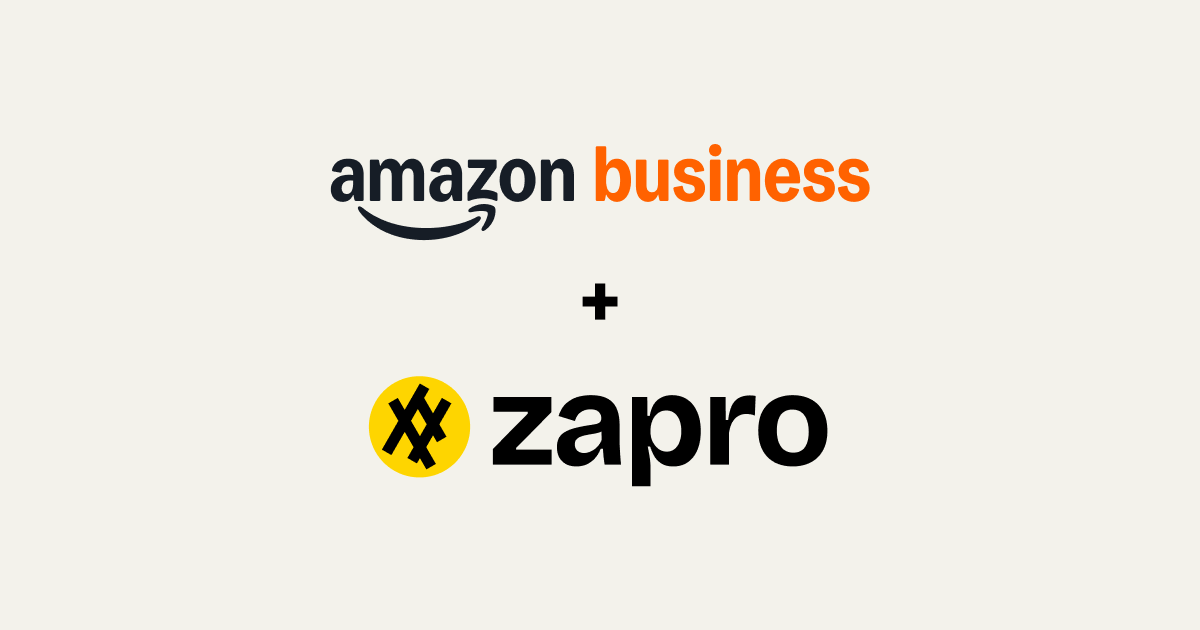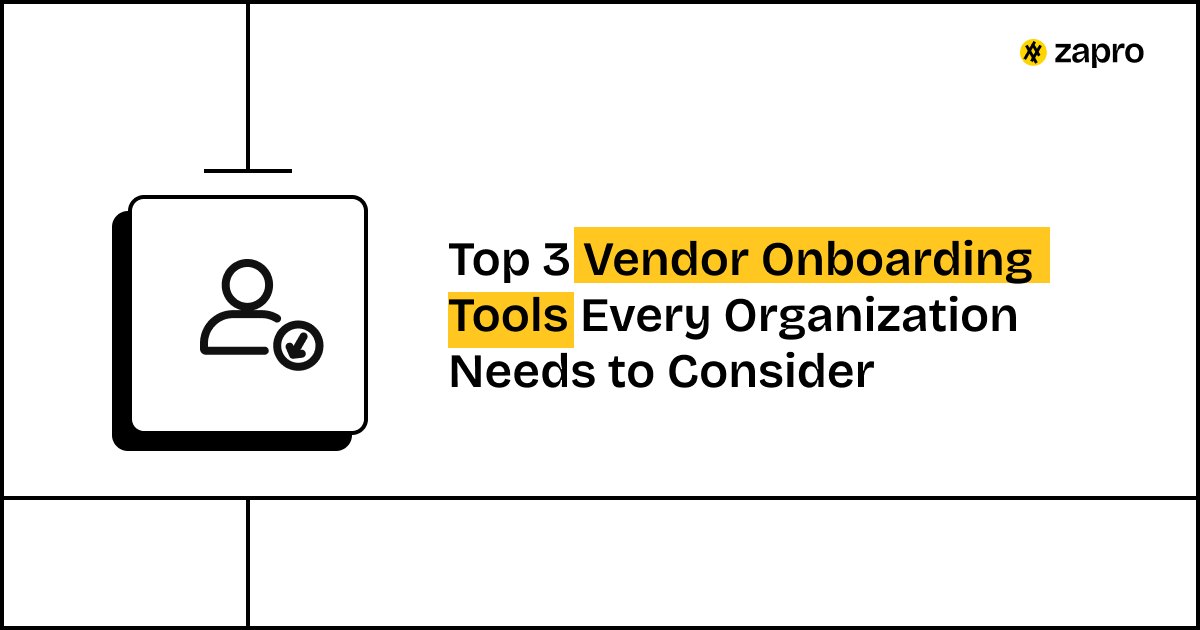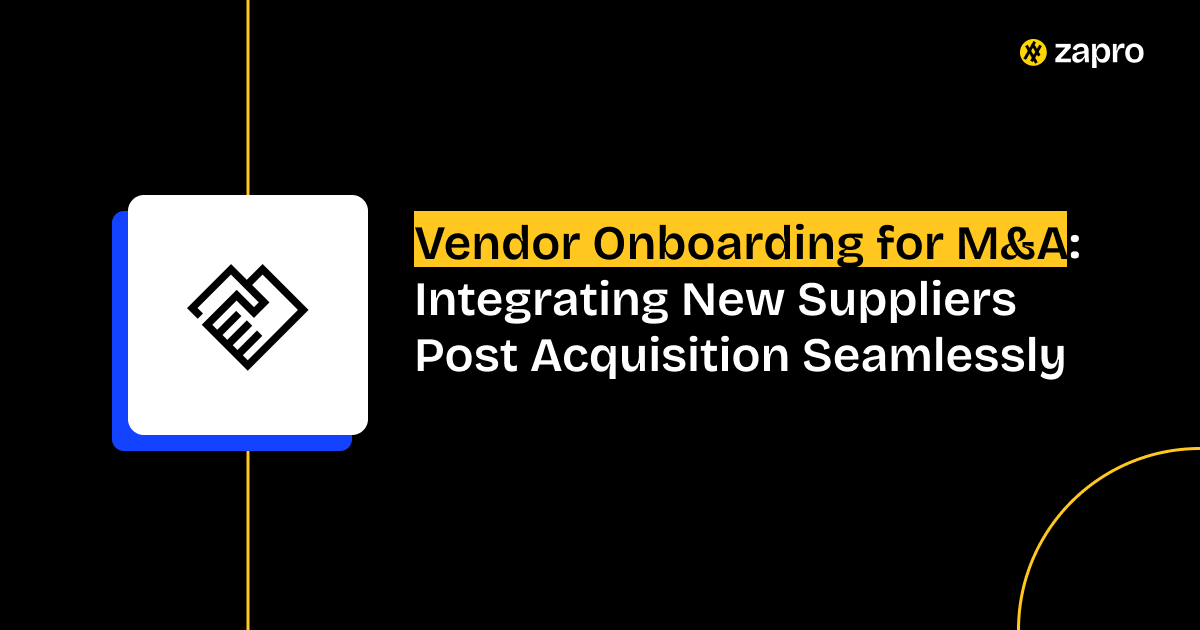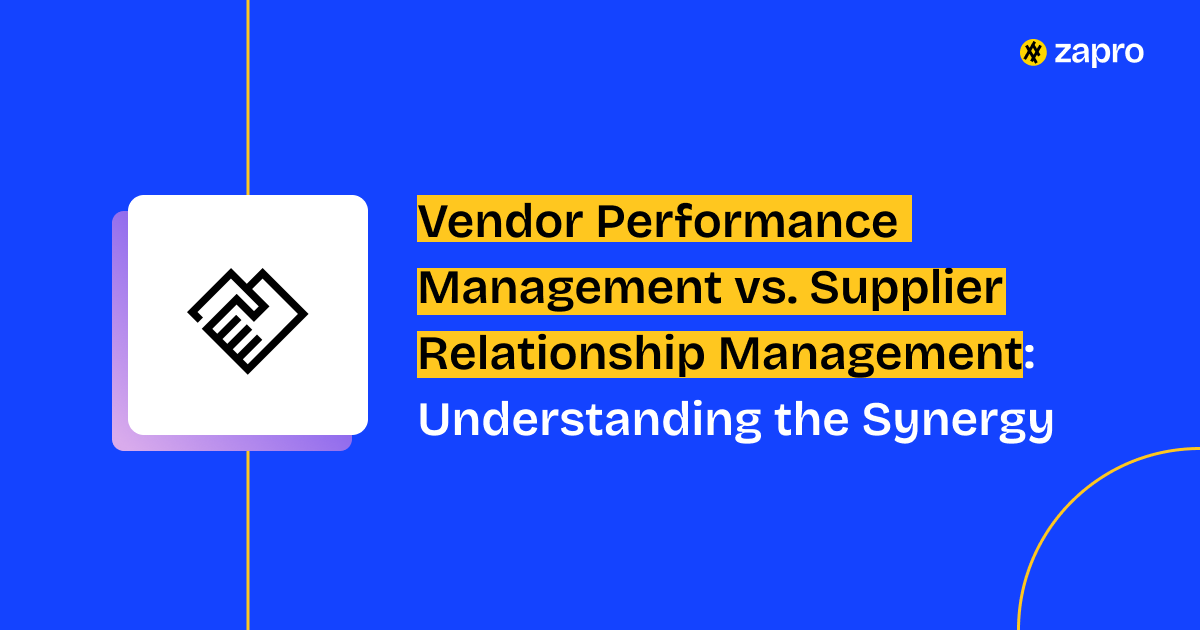Introduction: The Strategic Imperative of Vendor Onboarding Tools
On top of the current supply chain, dealing with a vendor is not that much of a face-to-face interaction, but it is almost as if you are filling out a form or doing multiple data exchanges, risk assessments, and compliance checks. The process of vendor onboarding is the first, crucial stage, which in fact, sets the health, efficiency, and legality of all future transactions.
For a long time, vendor onboarding was a very frustrating administrative process that was prone to mistakes and took up a lot of time and effort, mainly thought of in terms of paperwork, email, and manual data entry into ERP systems that were slow and hard to work with. The situation not only caused new suppliers to become irritated but also placed the organization at risk of losing a substantial amount of money and getting into legal trouble due to compliance.
The vendor onboarding landscape and procedures of today have been entirely changed by the vendor onboarding tools. These solutions have the ability to automate supplier data collection, its validation, and integration, and what was initially a weeks-long process can now be transformed into a clean and streamlined digital experience that takes only hours.
The guide highlights the extent to which these solutions are indispensable and indicates the Top 3 Vendor Onboarding Software, namely Zapro, Coupa, and SAP, that are the next step for progressive purchasers to consider when planning the future of their procurements.
Why Vendor Onboarding Tools Are Essential
The choice of implementing automated vendor onboarding tools is mainly due to a measurable business outcome that is influenced negatively by inefficiencies of manual processes. The price of a poorly-managed onboarding experience is more than just the administrative overhead. It hits on compliance, cash flow, and competitive advantage directly.
Common Vendor Onboarding Challenges
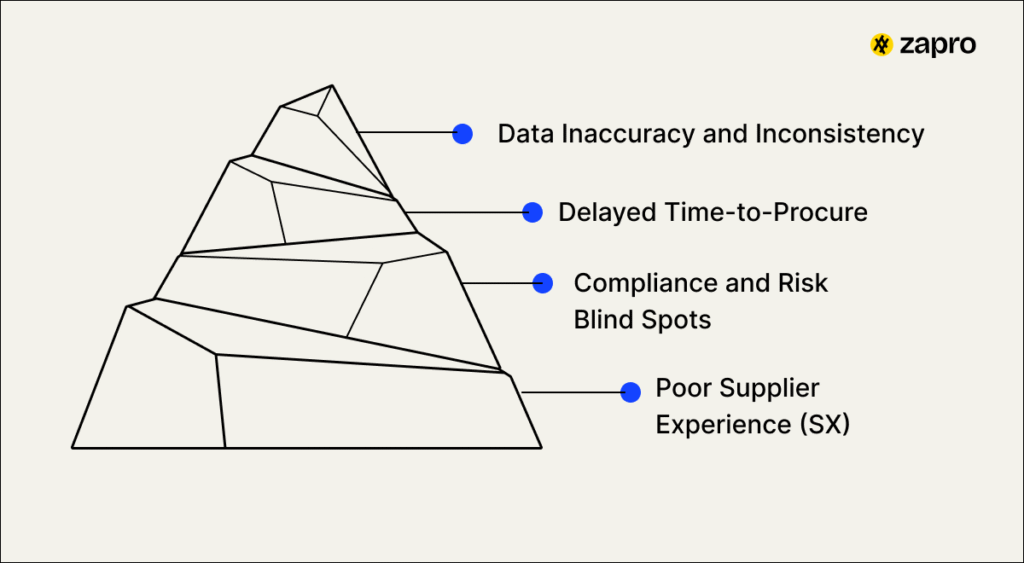
The organizations relying on legacy or manual methods are frequently encountering the same problems, and these are:
1. Data Inaccuracy and Inconsistency: The practice of suppliers sending forms through emails and clerks manually entering data exposes the process to errors such as typos, mismatched vendor names, or incorrect tax IDs that ultimately lead to the malfunction of the accounts payable solutions and tax reporting that are downstream.
2. Delayed Time-to-Procure: The delay in the process of finding a new supplier and being able to buy from them is so long that it is often referred to as “the lengthy cycle time to onboarding a new supplier – usually from two to six weeks.” Without having access to the new goods, services, or critical specialized components, the company is limited in its ability to be the first one in the market.
3. Compliance and Risk Blind Spots: Counting on manual checking, for example, looking through a list of the sanctioned, meeting rules like GDPR or FCPA, financial strength may result in missing or hardly even being applied in certain areas, and thus, consequently, leading to legal exposure of great magnitude.
4. Poor Supplier Experience (SX): The frustrating onboarding process turns out to be the reason for the sour relationship between the parties right from the beginning, thus the suppliers keeping themselves less involved, slow to answer, and are less likely to provide their innovation or give a competitive price.
Business Impact and ROI Statistics for Automated Onboarding
Automated vendor onboarding tools
Fraud Reduction: Automated validation, as well as bank account verification tools, can decrease payment fraud risk by more than 80%.
Cost Savings: By cutting the manual processing time per vendor from several hours to less than 30 minutes, organizations save on average between $100 and $200 per supplier processed.
Cycle Time Reduction: The best automated solutions have resulted in shortening vendor onboarding cycle time by up to 70%, thus, they benefit from the supply chain agility.
Compliance and Risk Management Benefits
A reliable, converted vendor onboarding process checklist is the source of contemporary compliance. Automation certifies the application of a standardized procedure for every new supplier. This standardization is important because:
Risk Vetting is Standardized: Every supplier, whether they are from a certain country or belong to a particular spend tier, is automatically checked against global watch lists and compliance databases (e.g., anti-money laundering, forced labor).
Audit Hardness: Automated tools offer a very detailed, time-stamped, and easy-to-follow audit trail for every document, approval step, and risk assessment, which in turn makes external auditor visits habitual and effortless.
The adoption of a formal vendor onboarding process checklist into the software workflow is what actually takes organizations beyond reactive compliance to proactive risk management. It is exactly this standardization that makes organizations look for the best vendor onboarding tools available.

By 2027, 50% of organizations will support supplier contract negotiations through the use of Artificial Intelligence (AI)-enabled contract risk analysis and editing tools.
– Gartner
Best Vendor Onboarding Tools 2026
Tool#1 – Zapro: Best Vendor Onboarding Excellence
Zapro has become one of the best vendor onboarding tools in a short time by delivering a highly adaptable, cloud-native platform solely focused on the complete Source-to-Pay (S2P) lifecycle. Its onboarding component is engineered to remove resistance and to guarantee compliance with the highest possible speed.
Platform Overview and Market Position
Zapro’s vendor onboarding solution is a unified suite that allows the data of a vendor collected during the initial setup to flow automatically into procurement, contracting, and accounts payable solutions without any manual effort. The unified data model not only eliminates integration nightmares but also ensures that the same data is used in different parts of the organization.
Core Onboarding Features
Zapro is really powerful because of its automation features:
Workflow Automation for Onboarding: Zapro is letting agencies come up with multi-tiered, dynamic onboarding workflows that are not only tailored to the vendor’s risk profile but are also completely automated triggering the rest of the workflow based on location or spend category.
Supplier Documentation and Verification: This platform has been set up to store supplier documents digitally and securely (W-9s, insurance certificates, contracts). To confirm the data’s accuracy, it uses OCR and AI alongside master data.
Real-Time Tracking and Notifications: The internal shoulders and the vendor at the same time, will get the situation of the tasks in real time and see the notifications in advance, so that there is no loss of time in distributing the tasks or in following up manually etc. Moreover, the next step will always come quicker than usual because the vendor will be informed that old documents are not enough and new ones are required in the approval process, and so on.
Compliance Management Capabilities: Zapro enhances its resources by collaborating with third-party data providers, thus assuring a wider and more efficient screening program against watch lists, financial scoring, and ESG compliance, thereby not leaving any gaps in the process.
Integration and Scalability
Zapro is made for it to connect deeply with the already existing systems, which is the main point that characterizes the best vendor onboarding tools. It has APIs and ready-to-use connectors for the top 5 ERPs (SAP, Oracle, MS Dynamics, Sage, Infor) and financial systems that allow data flow to happen without any interruptions and help master data stay at the same level. Its cloud-native design allows it to be easily scaled up or down, both for medium-sized companies and for large enterprises with multiple locations all over the world.
Implementation Benefits and ROI
Companies come to Zapro because its user adoption leads typically to more than 70% and the clean, intuitive, and mobile-responsive interface. This user friendliness is directly converted into faster supplier completion times and a higher reduction of the AP team’s administrative workload. This heavily symbolizes the new generation of vendor onboarding solutions.
Best Use Cases and Target Market
Zapro works wonders for corporate middles and upper reaches that are in need of a modern, agile, and unified S2P platform with a requirement of a user-friendly, highly automated solution for vendor management and supplier lifecycle management
Streamline Vendor Onboarding in Minutes, Not Weeks

Tool #2 – Coupa: Enterprise-Grade Vendor Onboarding Platform
Coupa, the leader in Business Spend Management (BSM), is a solid and globally-minded platform, in the top list of best tools for vendor onboarding of the most powerful nature. Coupa’s model fuses onboarding directly into its overall approach to spend optimization.
Solution Overview
Coupa’s supplier onboarding tools are the most important product of the suite, which includes centralized supplier management. In order to have this platform really work as a risk-free collaboration system, it supports the first contact frame of risk mitigation with the newly recruited supplier.
AI-Powered Risk Assessment During Onboarding: Coupa’s platform is AI-engineered and comes with built-in risk intelligence which, by harnessing third-party data, always shines the spotlight on the supplier’s riskiness and thus scores them. This is an indispensable step in the onboarding phase, which instantly issues alerts on any red flags.
Global Compliance Management: The system is designed to support multiple-entity and different-currency rugged situations. All country-specific tax forms are automatically collected (e.g., W-8s, VAT forms) and local regulatory checks are being applied as part of the process.
Integration with Procurement Processes: The onboarding data is released to the sourcing, and contracting modules right away. It is here that compliance checks ensure that a contract cannot obtain its final form until passing all necessary checks.
Tool #3 – SAP: Integrated Vendor Onboarding Solution
SAP is still the leading giant in the worldwide enterprise software market, and the vendor onboarding approach signified by it is the integration with its own ERP (e.g., SAP S/4HANA) that has no equal. The SAP solution for supplier management is a highly controlled, completely auditable environment.
Platform Integration Advantages
SAP vendor onboarding tools’ most significant distinguishing feature is their native deep-level integration. A vendor gets onboarded via SAP’s supplier management module (often through Ariba solutions or S/4HANA Master Data Governance), and then that data is automatically the certified master record in the whole SAP ecosystem. Hence, the chance of fragmenting or duplicating data, which is the most common failure point when non-integrated third-party best tools for vendor onboarding are used, is eliminated.
Comprehensive Onboarding Modules
The SAP solution comes with robust modules that provide the necessary discipline throughout the entire vendor onboarding process checklist:
Master Data Management: SAP puts a lot of focus on the purity and official control of the vendor master data. Every bank, tax, and address detail goes through multi-stage approval workflows and validation checks before the vendor record is activated.
Workflow Automation and Approvals: The workflows with high configurability ensure that maybe the department of Legal, Finance, or Quality, depending on the nature of the risk parameters, have to give a digital sign-off on the sample that is the vendor before he/she is able to transact.
Comprehensive Supplier Data Verification: SAP employs in-house logic and the connection with specialized services to authenticate the basic data, for example, by matching Tax IDs with register databases of the government, in order to guarantee conformity from the very first day.
Governance and Compliance Features
A major emphasis on governance and auditability by SAP makes it a choice for top perfection in those industries that are highly regulated. The time and the details of every action in the onboarding process are stored and traceable in the ERP, thereby creating an audit trail, which is extremely difficult to challenge even by the harshest regulatory requirements. Such a degree of control is the very essence of the SAP offer among best tools for vendor onboarding.
Industry-Specific Configurations
SAP presents the industry-specific configurations and means for processes of onboarding. To illustrate, a pharmaceutical company could require GxP compliance checkpoints while a car-maker might use ISO quality certifications as the onboarding workflow’s mandatory components to attain better solution adaptability.
Implementation Considerations
The SAP vendor onboarding tools; however, are so efficiently powerful that their implementation can be a resource draining exercise necessitating a lot of planning and co-ordination across the business and IT units. Nevertheless, for companies that have SAP as the core of their operations, the benefit of having master data that is fully synchronized and integrated cannot be matched.
Choosing the Right Vendor Onboarding Tool for Your Organization
Deciding which of the best vendor onboarding tools—Zapro, Coupa, or SAP—is right for your organization requires evaluating your existing technical landscape, operational complexity, and future growth strategy.
Key Decision Criteria
| Criteria | Zapro | Coupa | SAP (Ariba/MDG) |
| Integration Focus | API-first; seamless S2P suite integration (procurement to payment). | Strong API, specializes in integrating with diverse ERPs for BSM. | Native and deep integration with SAP ERP (S/4HANA). |
| User Experience (SX) | Highly intuitive, modern, strong vendor portal UX. | Excellent, network-driven user experience. | Highly governed, functional, but often less intuitive than Zapro/Coupa. |
| Risk & Compliance | Strong AI-driven compliance checks and continuous monitoring. | Real-time risk scoring, strong network-driven compliance insights. | Audited, controlled master data governance; highly secure. |
| Best For | Mid-market to large enterprises seeking agile, end-to-end S2P modernization. | Global enterprises prioritizing spend optimization and supplier network effect. | Large enterprises with deep SAP investment prioritizing data governance and control. |
| Scalability | High, cloud-native architecture scales easily. | Extremely high, designed for the world’s largest companies. | Extremely high, dependent on underlying SAP ERP architecture. |
Implementation Considerations
First, it is imperative to establish the policies of your organization before starting the use of these vendor onboarding tools. This involves producing a vendor onboarding process checklist that defines:
1. Required Vendor Documents: What documents are the most necessary ones (tax ID, insurance, bank details)?
2. Risk Tiers: How do you characterize safe vs. risky vendors, and what is the specific approving authority for each?
3. Data Fields: What should be the exact fields for ERP/accounting system synchronization?
The single most important factor for a fast take-up and a smooth user acceptance is the successful software mapping of this vendor onboarding process checklist to the workflow.
Implementation Best Practices
Maximizing Success with Vendor Onboarding Tools
In essence, the installation of a vendor onboarding system is not a mere IT reception, but a business transformation project. Success is mostly contingent on the intangibles of ‘how to’ and ‘who’.
Pre-Implementation Planning
Before employing the most efficient vendor onboarding tools, cleaning up the vendor master data should be your first priority. The main steps are:
- Master Data Cleansing: Set time aside to thoroughly clean vendor master data to remove duplicates, fix inconsistencies, and update obsolete information. Garbage in, garbage out.
- Stakeholder Alignment: Define in detail the parties required to be in the first position and IT, Finance, Procurement, and Legal on the ultimate vendor onboarding process checklist and the responsible owners for each approval step distil. etc.
Process Standardization Importance
The biggest error is dealing with the problem of automation through the use of a faulty process. Let the software implementation be the powder keg to stomp out the vendor onboarding process checklist that is global, and standardized. Thus, every region and department will not only be equitably following the same but also conversant with the compliant procedure.
Lifecycle Management: Planning for the End
The focus is on onboarding, but the need for a supplier’s offboarding takes the upper hand when it comes to enabled procurement organizations making the tough choice, including the exit strategy. It is good that a vendor offboarding checklist be the first step during the drafting of the vendor onboarding process. This checklist guarantees that the process of a supplier is not left behind with all the necessary executions:
1. User access and deactivation of accounts for the supplier portal.
2. Last payment and a reconciliation of the unpaid invoices.
3. Keeping the necessary documents for audit purposes.
4. Data on the master that has been stored while ensuring it is not possible to use them to carry out new transactions.
By combining the vendor off boarding checklist into your governance framework, you can have controlled exits that are the next step in reducing the risk of security and financial.
Continuous Improvement Recommendations
One of the most significant developments vendor onboarding tools experiences is AI. Post-launch, regular review of the data (e.g., time-to-onboard, error rate, number of manual overrides) should be the main activity for the key metrics with the purpose of detecting the constraints and implementing the continuous improvements.
Conclusion
The modern procurement function cannot work well, securely, and compliantly without dedicated vendor onboarding tools. The era of paper trails and manual data entries has been replaced by automated, risk-aware digital workflows.
Whether your organisation’s focus is Zapro’s user-friendly, end-to-end efficiency, Coupa’s network-driven global spend management, or SAP’s deep master data governance, the advantages of automation do not go away: risk mitigation on a vast scale, lower operating costs, and quicker access to strategic suppliers.
A right solution will change a tedious administrative task into a supply chain resilience and strategic advantage. The first step toward that future is evaluating the best vendor onboarding tools and moving forward with a strong implementation plan.

Transform Vendor Onboarding with Zapro
Automate workflows, ensure compliance, and onboard suppliers faster.
Don’t miss our weekly updates
We’ll email you 1-3 times per week—and never share your information.
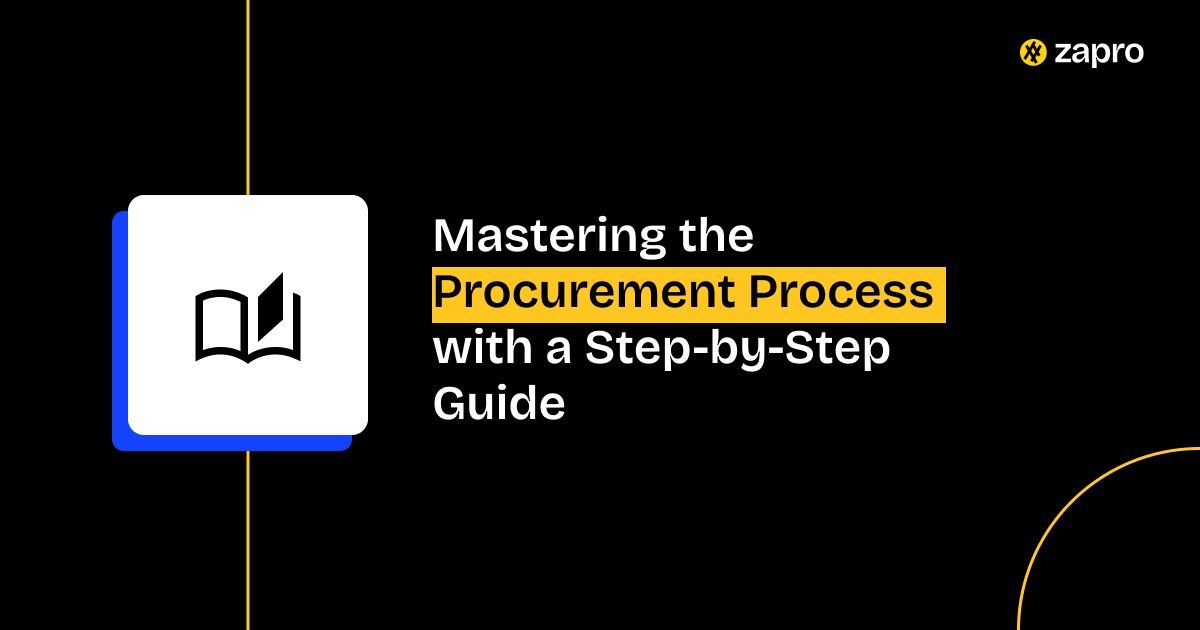
 Healthcare
Healthcare Financial Services
Financial Services Technology
Technology Venture Capitalist
Venture Capitalist Chief Procurement Officer
Chief Procurement Officer Chief Financial Officer
Chief Financial Officer